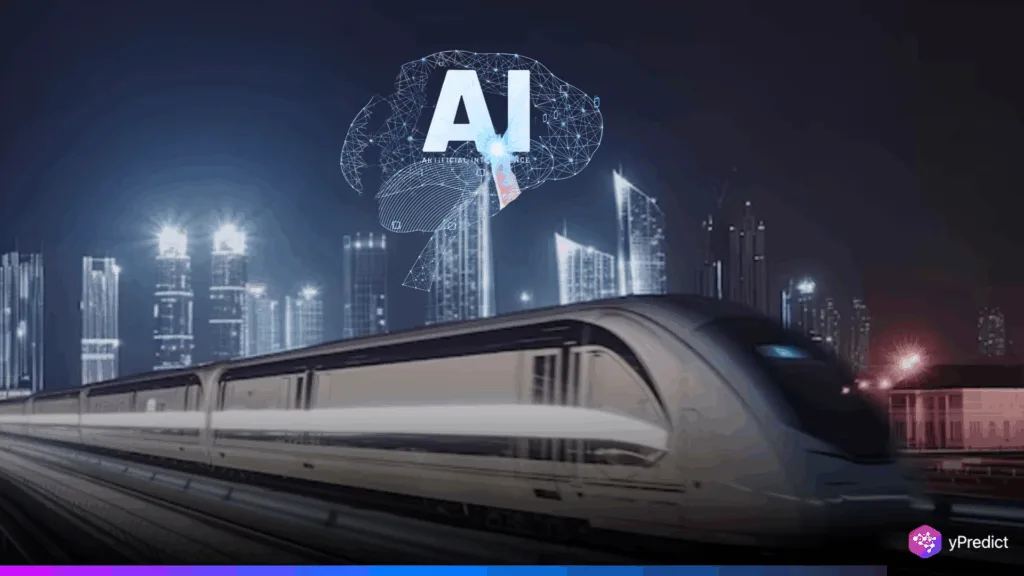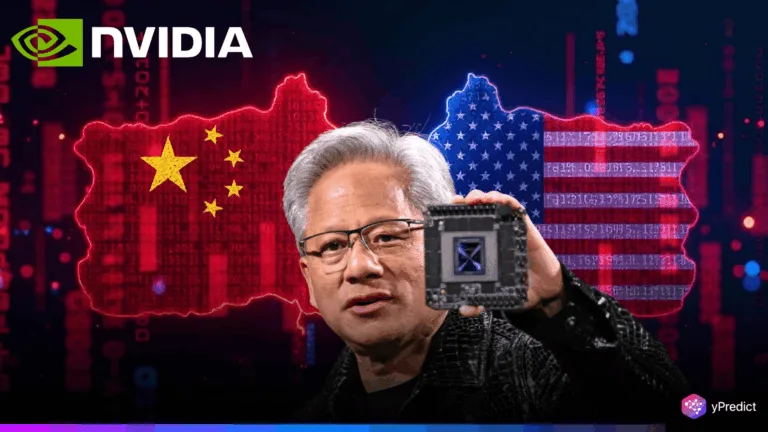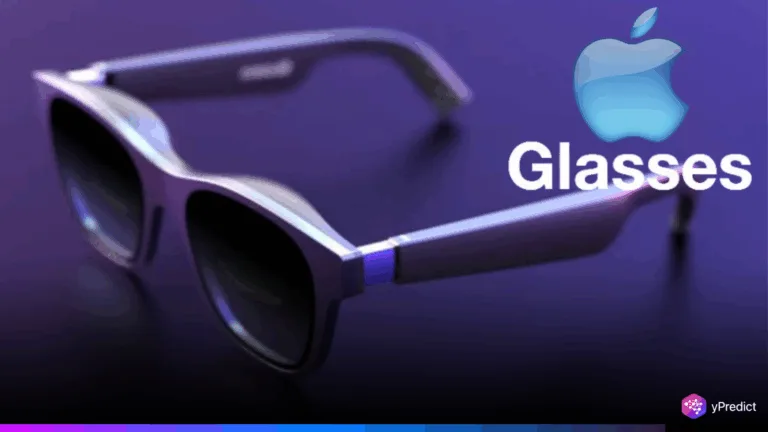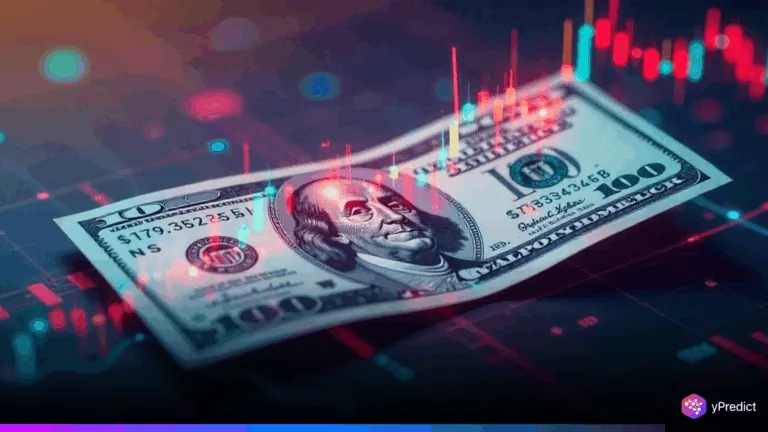
A multinational group of researchers from the National University of Singapore, Peking University, UC Santa Cruz, and the University of Rochester created MagicTime, an advanced model that revolutionizes AI-generated video. This technology learns real-world physics through more than 2,000 carefully captioned time-lapse videos. It generates dynamic clips of phenomena such as blooming flowers, growing trees, and urban construction.
Motion quality is enhanced by MagicTime, which was first presented in a paper that was published in IEEE Transactions on Pattern Analysis and Machine Intelligence. It also brings scientific utility to text-to-video innovation. The model adds a new dimension to video generation by enabling simulations based on real-world physical behavior.
AI-Generated Video Got a Physics Upgrade
With a dataset that records real physical change, MagicTime addresses the challenge of mimicking natural transformations. This is something that conventional text-to-video models frequently fail to do. The dataset improves the model’s comprehension of how processes in the real world change. It can be applied to social interactions, chemical alterations, and biological development.
MagicTime provides temporal consistency and subtlety through the application of learned physics. The base version of the model creates clear 512×512-pixel, two-second clips at eight frames per second using a diffusion architecture based on U-Net. Its improved version raises the video duration to ten seconds by using a diffusion-transformer hybrid.
These developments have made it possible for MagicTime to replicate anything, from baking bread to constructing structures. This creates new opportunities for creative AI applications, going beyond realistic simulation and visual entertainment.
Can AI-Generated Video Learn Real-World Change?
MagicTime’s developers grounded learning in time-lapse data to create a physics-aware, intuitive system. This makes the model much more realistic than previous creative AI attempts at simulating metamorphic events. Through the observation of thousands of actual transitions, the system learns motion variability in various scenarios and adjusts to physical rules.
By making it publicly available on websites like Hugging Face, it promotes cooperation and openness. This can draw attention from the business and academic communities. The tool can be used by developers, scientists, and artists to create simulations that are pertinent to their fields. MagicTime is useful for researchers because it allows them to preview intricate procedures, reducing the need for live testing and speeding up the validation of hypotheses in experimental settings.
The model interprets and replicates transformations that are difficult to replicate with code alone. Beyond the creative industries, text-to-video tools can be used to observe how a glacier melts or how a cityscape changes.
What’s Next for Intelligent AI Time-Lapse Models?
MagicTime addresses one of the hardest challenges in video systems, which is capturing the inherent variability of natural change. MagicTime sets the groundwork for learning general patterns by training on diverse, real-world footage while maintaining physical plausibility.
The future of AI-generated video, where machine-generated visual content becomes a significant tool for discovery, is hinted at by its interdisciplinary origins. The model may develop in the future to provide longer durations, higher resolutions, and interactive inputs, which could revolutionize various industries. From urban planning to environmental modeling, MagicTime is paving the way for a new era.
MagicTime Leads Realism in Creative AI
MagicTime is a significant development in AI-generated video in a field overflowing with visual content generators. It brings machine learning into harmony with nature’s rhythm, capturing change as both insight and visuals. This invention pushes the limits of text-to-video toward greater depth and realism. It redefines how machines can perceive, comprehend, and replicate the changing world around us.





